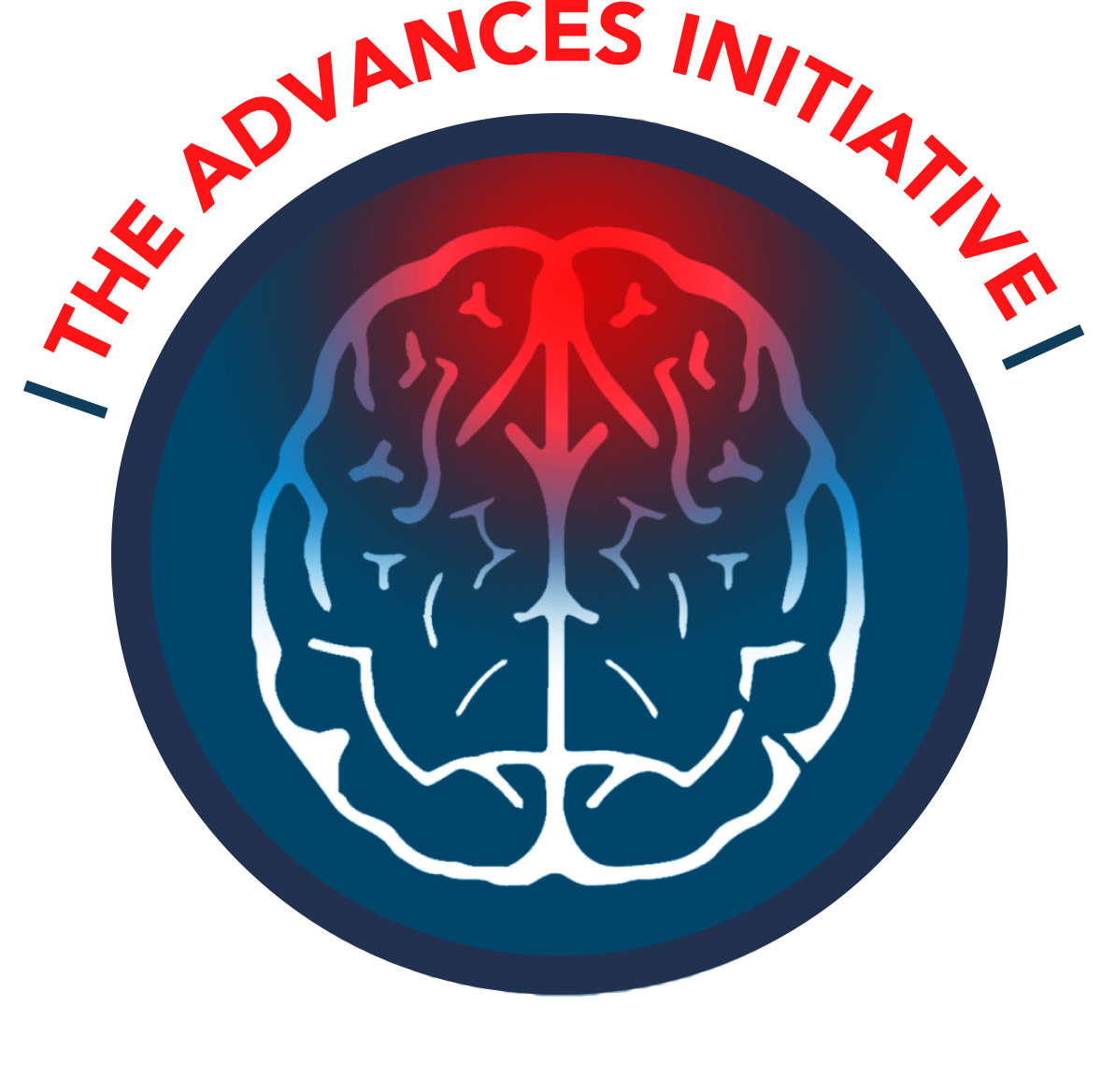Recommended reading
- ABIM Foundation Choosing Wisely Campaign (www.choosingwisely.org/doctor-patient-lists/).Accessed on 9/25/18.
- Asay GR, Roy K, Lang JE, et al. Absenteeism and employer costs associated with chronic diseases and health risk factors in the US workforce. Prev Chronic Dis. 2016;13:E141.
- Becker WJ. Acute migraine treatment. Continuum (Minneap Minn). 2015;21:953-972.
- Bigal ME, Walter S, Rapoport AM. Therapeutic antibodies against CGRP or its receptor. Br J Clin Pharmacol. 2015;79:886-895.
- Dodick D and Silberstein SD. Migraine. 3rd edition. New York, NY. Oxford University Press. 2016.
- Dodick DW. A phase-by-phase review of migraine pathophysiology. Headache. 2018;58:4-16.
- Dougherty C, Silberstein SD. Providing care for patients with chronic migraine: diagnosis, treatment and management. Pain Pract. 2015;15:688-692.
- Freitag FG, Shumate D. Current and investigational drugs for prevention of migraine in adults and children. CNS Drugs. 2014;28:921-927.
- Gasparini CF, Smith RA, Griffiths LR. Genetic insights into migraine and glutamate: a protagonist driving the headache. J Neurol Sci. 2016;367:258-268.
- Giamberardino MA, Affaitati G, Curto M, et al. Anti-CGRP monoclonal antibodies in migraine: current perspectives. Intern Emerg Med. 2016;11:1045-1057.
- Greenwell C. Worker illness and injury costs US employers $225.8 billion annually. (www.cdcfoundation.org/pr/2015/worker-illness-and-injury-costs-us-employers-225-billion-annually). Accessed on 9/25/18).
- International Classification of Headache Disorders (ICHD) III criteria. (www.ichd-3.org) Accessed 9/25/18.
- Lipton RB, Dodick DW, Silberstein SD, et al. Single-pulse transcranial magnetic stimulation for acute treatment of migraine with aura: a randomised, double-blind, parallel-group, sham-controlled trial. Lancet Neurol. 2010;9:373-380.
- Loder E, Burch R, Rizzoli P. The 2012 AHS/AAN guidelines for prevention of episodic migraine: a summary and comparison with other recent clinical practice guidelines. Headache. 2012;52:930-945.
- Loder EW, Burch RC. Who should try new antibody treatments for migraine? JAMA Neurol. 2018;75:1039-1040.
- Magis D, Sava S, d’Elia TS, et al. Safety and patients’ satisfaction of transcutaneous supraorbital neurostimulation (tSNS) with the Cefaly® device in headache treatment: a survey of 2,313 headache sufferers in the general population. J Headache Pain. 2013;14:95.
- Marmura MJ, Silberstein SD, Schwedt TJ. The acute treatment of migraine in adults: the American Headache Society evidence assessment of migraine pharmacotherapies. Headache. 2015;55:3-20.
- Migraine Research Foundation. http://migraineresearchfoundation.org/about-migraine/migraine-facts/. Accessed on 9/25/18.
- Minen MT, Tanev K, Friedman BW. Evaluation and treatment of migraine in the emergency department: a review. Headache. 2014;54:1131-1145.
- Minen MT, Loder E, Tishler L, Silbersweig D. Migraine diagnosis and treatment: a knowledge and needs assessment among primary care providers. Cephalalgia. 2016;36:358-370.
- Nicol AL, Hammond N, Doran SV. Interdisciplinary management of headache disorders. Techniques Reg Anesth Pain Manage. 2013;17:174-187.
- Orr SL, Aubé M, Becker WJ, et al. Canadian Headache Society systematic review and recommendations on the treatment of migraine pain in emergency settings. Cephalalgia. 2015;35;271-284.
- Reuter U. A review of monoclonal antibody therapies and other preventative treatments in migraine. Headache. 2018;58:48-59.
- Saguil A, Lax JW. Acute migraine treatment in emergency settings. Am Fam Physician. 2014;89:742-744.
- Schoenen J, Vandersmissen B, Jeangette S, et al. Migraine prevention with a supraorbital transcutaneous stimulator: a randomized controlled trial. Neurology. 2013;80:697-704.
- Schuster NM, Rapoport AM. New strategies for the treatment and prevention of primary headache disorders. Nat Rev Neurol. 2016;12:635-650.
- Silberstein SD. Considerations for management of migraine symptoms in the primary care setting. Postgrad Med. 2016;128:523-537.
- Silberstein SD, Holland S, Freitag F, et al. Evidence-based guideline update: pharmacologic treatment for episodic migraine prevention in adults: report of the Quality Standards Subcommittee of the American Academy of Neurology and the American Headache Society. Neurology. 2012:78:1337-1345.
- Sinclair AJ, Sturrock A, Davies B, Matharu M. Headache management: pharmacological approaches. Pract Neurol. 2015;15:411-423.
- Starling AJ, Dodick D. Best practices for patients with chronic migraine: burden, diagnosis, and management in primary care. Mayo Clin Proc. 2015;90:408-414.
- Stewart WF, Lipton RB, Chee E, et al. Menstrual cycle and headache in a population sample of migraineurs. Neurology. 2000;55:1517-1523.
- Vetvik KG, MacGregor EA. Sex differences in the epidemiology, clinical features, and pathophysiology of migraine. Lancet Neurol. 2017;16:76-87.
- World Health Organization (WHO). Headache disorders. WHO fact sheets. (www.who.int/mediacentre/factsheets/fs277/en) Accessed 9/25/18.
- Younger DS. Epidemiology of migraine. Neurol Clin. 2016;34:849-861.

.jpg)
.jpg)
.jpg)
.jpg)

.jpg)
.jpg)

.jpg)
.jpg)
.jpg)
.jpg)
.jpg)
.jpg)
.jpg)
.jpg)
.jpg)
.jpg)
.jpg)
.jpg)
.jpg)
.jpg)
.jpg)
.jpg)
.jpg)
.jpg)
.jpg)
.jpg)
.jpg)
.jpg)
.jpg)
.jpg)
.jpg)
.jpg)
.jpg)
.jpg)
.jpg)
.jpg)
.jpg)
.jpg)
.jpg)
.jpg)
 Copyright © 2025 Med Learning Group. Built by
Copyright © 2025 Med Learning Group. Built by